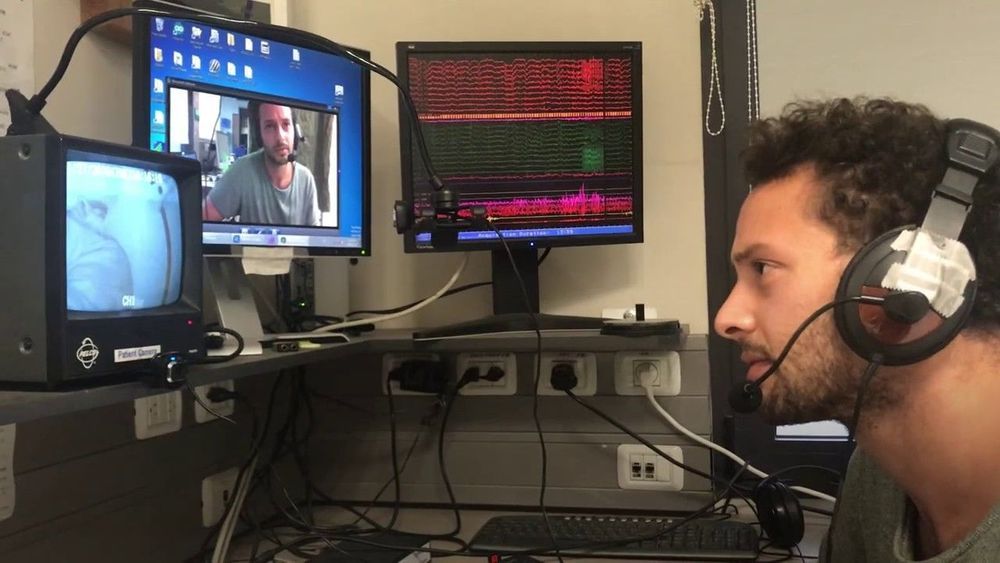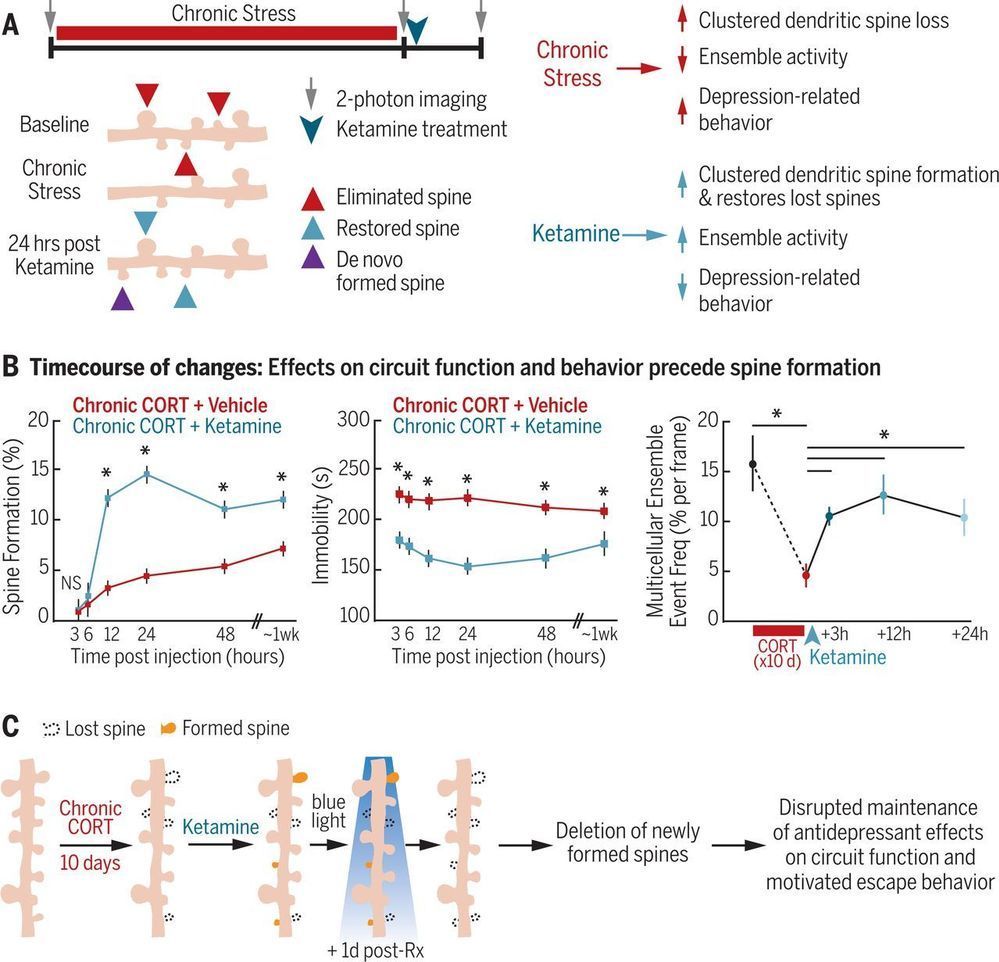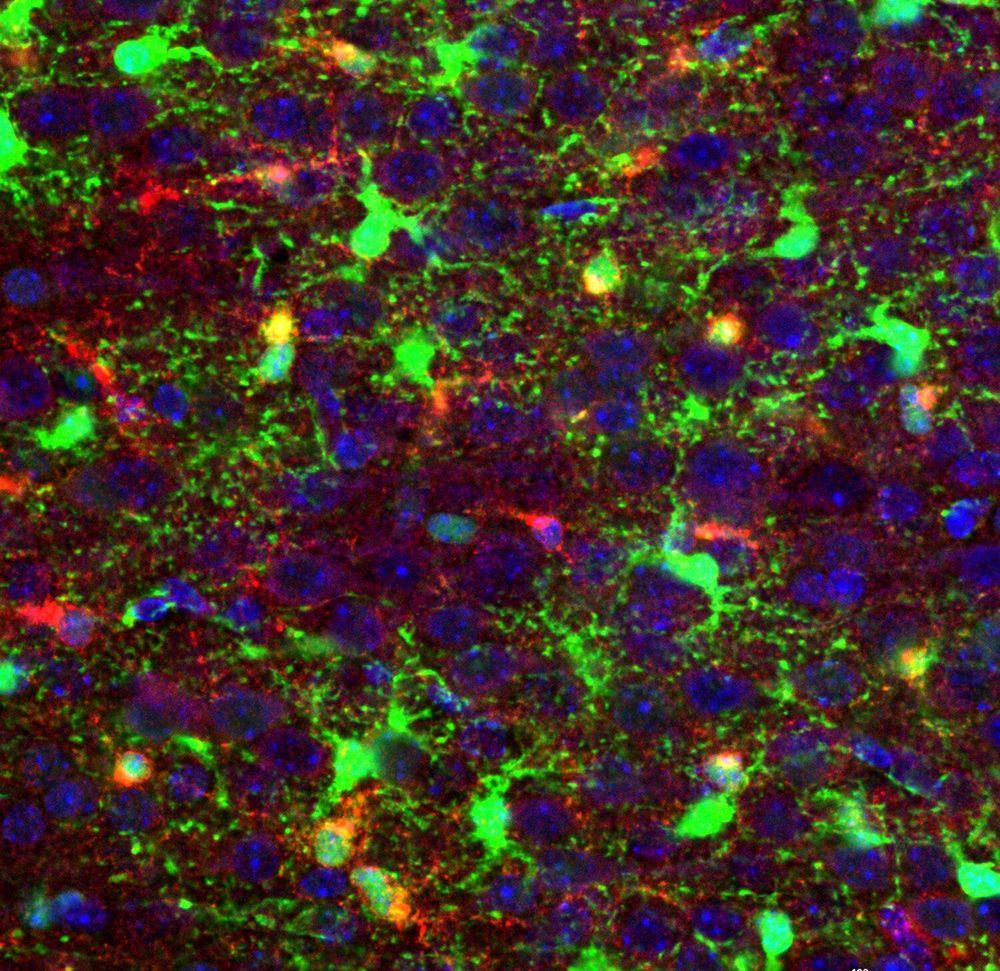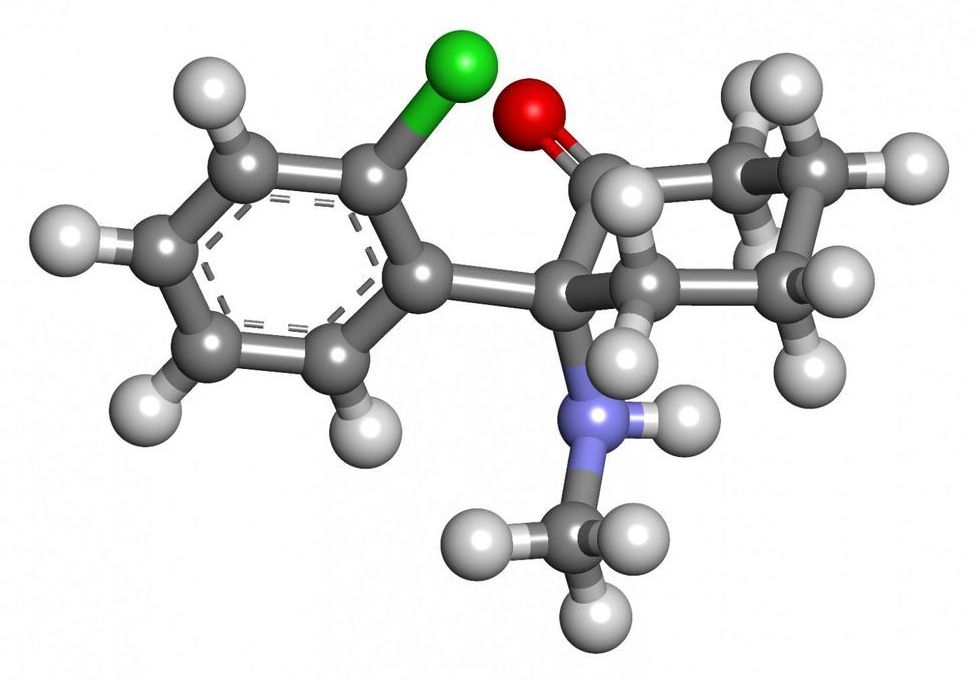Scientists in China implant human genes into brains of the rhesus macaque monkey, in a move described by some as an “ethical nightmare.”





To read a man’s mind, first you have to outline his skull.
Last November, I watched a psychologist use a digital pen to draw the circumference of a man’s head. The coordinates of his brain were quickly mapped, pinpointing the precise areas within his skull that process emotions. Behind him, a massive magnetic mind-reader—a neuroimaging device called a magnetoencephalography, or MEG—emerged from the wall, funneling into an oversized white helmet. It took two scientists to slowly maneuver the apparatus into position around his head.
As the man lay still, staring blankly up at a screen, researchers crossed wires over his body and taped sensors to his temples. Yoav (a pseudonym, as he asked to remain anonymous), a 28-year-old political science student at Bar Ilan University in Israel, was paid 110 shekels (around $30) for his time, and didn’t know he was about to become part of an experiment attempting to change his mind about the Israeli-Palestinian conflict.

A better understanding of the mechanisms underlying the action of antidepressants is urgently needed. Moda-Sava et al. explored a possible mode of action for the drug ketamine, which has recently been shown to help patients recover from depression (see the Perspective by Beyeler). Ketamine rescued behavior in mice that was associated with depression-like phenotypes by selectively reversing stress-induced spine loss and restoring coordinated multicellular ensemble activity in prefrontal microcircuits. The initial induction of ketamine’s antidepressant effect on mouse behavior occurred independently of effects on spine formation. Instead, synaptogenesis in the prefrontal region played a critical role in nourishing these effects over time. Interventions aimed at enhancing the survival of restored synapses may thus be useful for sustaining the behavioral effects of fast-acting antidepressants.
Science, this issue p. eaat8078; see also p. 129.

Scientists say our brains will connect to computers within decades to form an ‘internet of thoughts’ that will provide instant access to information…
Forward-leaning scientists and researchers say advancements in society’s computers and biotechnology will go straight to our heads — literally.
In a new paper published in the Frontiers in Neuroscience, researchers embarked on an international collaboration that predicts groundbreaking developments in the world of ‘Human Brain/Cloud Interface’s’ within the next few decades.
Using a combination of nanotechnology, artificial intelligence, and other more traditional computing, researchers say humans will be able to seamlessly connect their brains to a cloud of computers to glean information from the internet in real-time.

Spine-chilling new series from The Walking Dead creator will explore dystopian future where social media is linked to your BRAIN using tech that ‘Elon Musk and Facebook are already trying to develop…
Channing Powell, the creator of the hit horror television series ‘The Walking Dead’, is not someone who is easily spooked.
But Powell is scared, ‘terrified actually’ of what big tech might be up to.
And critics were too after watching her spine-chilling new series, ‘The Feed’, premiere in Cannes this week.


Cell-by-cell genetic analyses of developing brain tissues in neonatal mice and laboratory models of brain cancer allowed scientists to discover a molecular driver of the highly aggressive, deadly, and treatment-resistant brain cancer, glioblastoma.
Published findings in Cell Stem Cell describe how the single-cell analyses identified a subpopulation of cells critical to glioblastoma formation—the early primitive progenitor cells of oligodendrocyte brain cells, pri-OPC progenitors, according to Q. Richard Lu, Ph.D., lead investigator and Scientific Director of the Brain Tumor Center at Cincinnati Children’s Hospital Medical Center.
The data suggest that reprogramming of primitive oligodendrocyte progenitors into a stem-like state plays an important role in glioma initiation and progression. The researchers’ primary molecular target in the study, a protein called Zfp36l1, launches biological programs that mirror those of healthy early brain development in the mice, but instead help fuel brain cancer growth. The discovery presents an opportunity to find out if new therapeutic approaches can stop glioblastoma at its earliest stages of initial formation or recurrence, Lu said.

Researchers have identified ketamine-induced brain-related changes that are responsible for maintaining the remission of behaviors related to depression in mice—findings that may help researchers develop interventions that promote lasting remission of depression in humans. The study, funded by the National Institute of Mental Health (NIMH), part of the National Institutes of Health, appears in the journal Science.
Major depression is one of the most common mental disorders in the United States, with approximately 17.3 million adults experienced a major depressive episode in 2017. However, many of the neural changes underlying the transitions between active depression, remission, and depression re-occurrence remain unknown. Ketamine, a fast-acting antidepressant which relieves depressive symptoms in hours instead of weeks or longer, provides an opportunity for researchers to investigate the short- and long-term biological changes underlying these transitions.
“Ketamine is a potentially transformative treatment for depression, but one of the major challenges associated with this drug is sustaining recovery after the initial treatment,” said study author Conor Liston, M.D., Ph.D., of Weill Cornell Medicine, New York City.